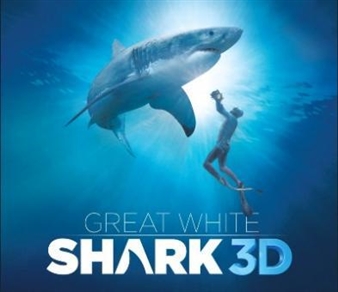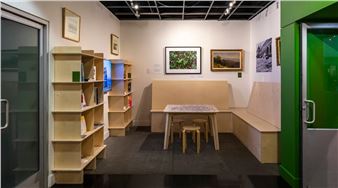The Three Matadores
The Three Matadores stages a short bilingual (English and Spanish) play embedded in the book-length poem The Presentable Art of Reading Absence (2008) by American poet Jay Wright. The performance unfolds in two acts: the first made up of four original solos by the performers – Sebastián Calderón Bentin, Stephen Fiehn, Tim Kinsella, and Anna Martine Whitehead – that introduce and respond to Wright’s text, and the second a physical realization of the play. Like much of Wright’s writing for theater, this play has never been staged, a detail indicative of the company’s ongoing interest in historically neglected subjects. The script incorporates Wright’s words exactly as written, including stage directions and a bracketing selection of the poetry. The choreography, under Lin Hixson’s distinctive direction, in a circular arena bisected by a long table, alternates between mathematical pattern permutations and intricate movements derived from bullfighting maneuvers, while the language oscillates between the speech of the matadors and the voice of the poetry. The Three Matadores offers a microcosm of Wright’s inventive work, written from the multi-cultural imagination, and uncovering the complex weave of quantum physics, numbers theory, African and American ritual, and emotion felt in solitude.

Recommended for you
The Three Matadores stages a short bilingual (English and Spanish) play embedded in the book-length poem The Presentable Art of Reading Absence (2008) by American poet Jay Wright. The performance unfolds in two acts: the first made up of four original solos by the performers – Sebastián Calderón Bentin, Stephen Fiehn, Tim Kinsella, and Anna Martine Whitehead – that introduce and respond to Wright’s text, and the second a physical realization of the play. Like much of Wright’s writing for theater, this play has never been staged, a detail indicative of the company’s ongoing interest in historically neglected subjects. The script incorporates Wright’s words exactly as written, including stage directions and a bracketing selection of the poetry. The choreography, under Lin Hixson’s distinctive direction, in a circular arena bisected by a long table, alternates between mathematical pattern permutations and intricate movements derived from bullfighting maneuvers, while the language oscillates between the speech of the matadors and the voice of the poetry. The Three Matadores offers a microcosm of Wright’s inventive work, written from the multi-cultural imagination, and uncovering the complex weave of quantum physics, numbers theory, African and American ritual, and emotion felt in solitude.

 ARTISTS
ARTISTS
















